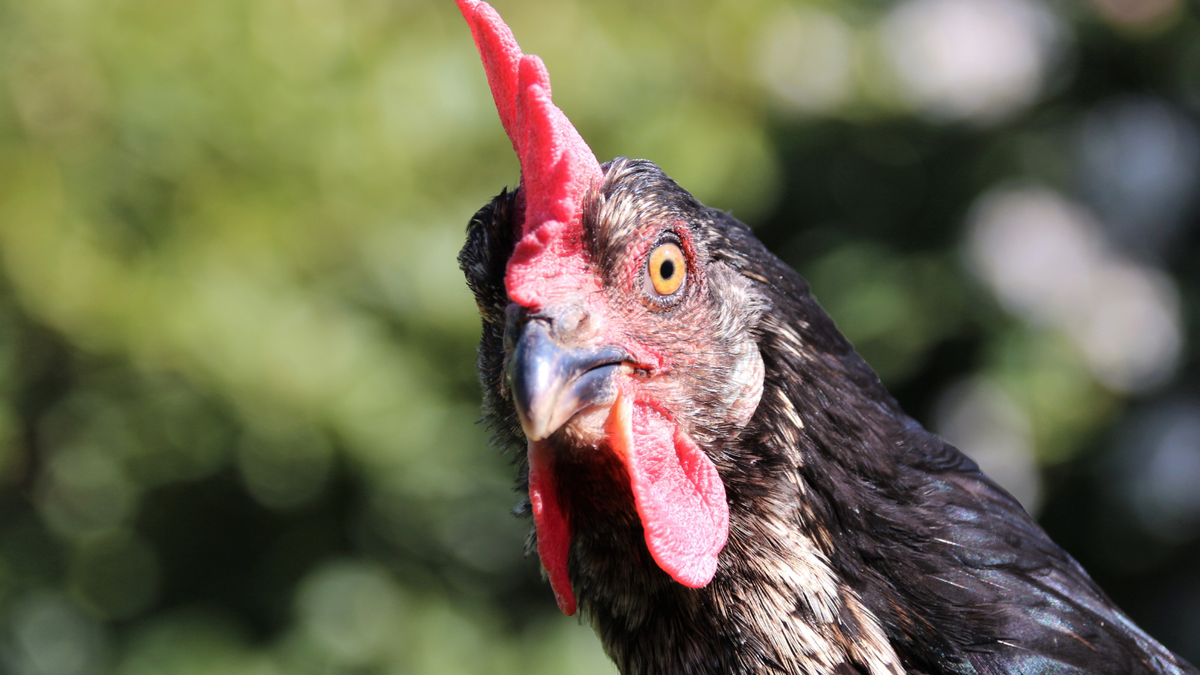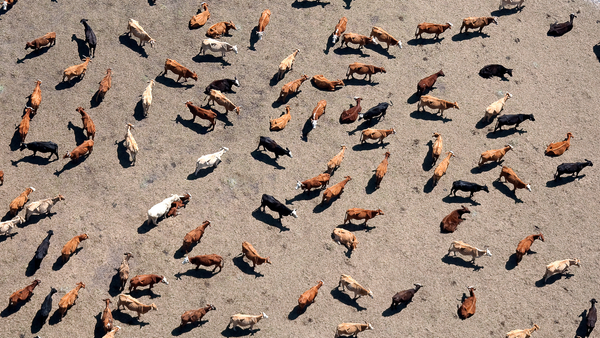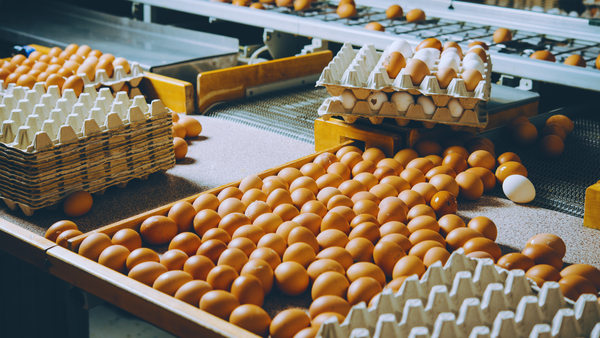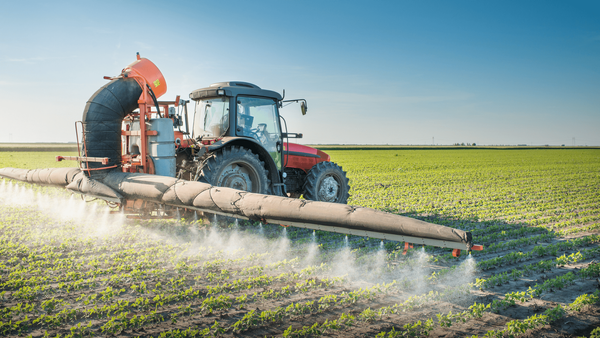USDA Abandons Bird Flu Vaccines: Corporate Interests Trump Regenerative Solutions
The USDA's abrupt abandonment of avian flu vaccines exposes how corporate influence shapes agricultural policy while small producers bear the burden of industrial farming's failures.

The USDA's abrupt abandonment of avian flu vaccines exposes how corporate influence shapes agricultural policy while small producers bear the burden of industrial farming's failures.
What You'll Learn in This Article:
- How the USDA suddenly reversed its position on bird flu vaccines after industry pressure
- Why large poultry corporations opposed vaccination while egg producers supported it
- The real beneficiaries of the $1 billion government response strategy
- How regenerative farming offers resilient alternatives to the industrial model
- Action steps you can take to support sustainable food systems
In a move that reveals more about political maneuvering than public health priorities, Agriculture Secretary Brooke Rollins has officially taken bird flu vaccines "off the table" in the fight against Highly Pathogenic Avian Influenza (HPAI). This dramatic policy reversal comes just weeks after the USDA unveiled a comprehensive $1 billion strategy that specifically earmarked $100 million for vaccine development and research.
The Timeline: A Telling Reversal
The sequence of events exposes how quickly science-based approaches can be abandoned when industry objects:
- February 26, 2025: USDA announces a $1 billion strategy with $100 million dedicated to researching "potential new generation vaccines"
- March 6, 2025: After President Trump's address to Congress, Rollins tells Breitbart News that vaccines are no longer being considered
- March 11, 2025: Multiple sources confirm vaccines for poultry have been officially removed from USDA's strategic plan
What caused this whiplash-inducing reversal? According to Rollins, the decision came after "consulting with industry leaders" and seeing "poor results in countries like Mexico where vaccination has been implemented."
The real story? The broiler chicken industry—dominated by massive integrators—feared that any vaccination program would disrupt their export markets, while the egg and turkey industries supported vaccination. When industrial interests collide, the segment with the most political clout wins.
Follow the Money: Where the Billion Dollars Goes
The USDA's five-pronged strategy reveals where the real priorities lie:
- Biosecurity Enhancement ($500 million): Focusing on wild birds as the problem, not the cramped, unsanitary conditions of factory farms
- Financial Relief ($400 million): Increasing indemnity payments to factory farms—up to $16.94 per bird—essentially rewarding the very production model that created ideal conditions for disease spread
- Regulatory Reform: Code for "reducing oversight" that might protect consumers
- Research and Innovation ($100 million): The vaccination component that was quickly abandoned
- Import-Export Adjustments: Protecting the interests of export-focused corporations
Who Benefits From Mass Culling?
While the USDA touts a 50% drop in wholesale egg prices as evidence of its strategy's success, it omits a critical detail: mass culling actually benefits large integrators by temporarily restricting supply and driving prices higher, while destroying small producers who lack the capital to recover.
Consider the economics: indemnity payments for culled birds increased by 2.41 times to $16.94 per bird—higher than the market value of many birds. This creates a perverse incentive where depopulation can be more profitable than maintaining proper biosecurity.
Meanwhile, United Egg Producers President Chad Gregory has stated that vaccination "is the most promising solution to protect our flocks and the most likely to restore and stabilize the U.S. egg supply." After Rollins' announcement, Gregory emphasized that "maintaining a vaccination strategy for egg production is our highest priority."
So why isn't the USDA listening? Because the interests of the export-oriented broiler industry trumped the domestic egg producers' concerns.
The Mexico Excuse: Selective Science
Rollins cited Mexico's experience with avian influenza vaccination as evidence that vaccines don't work. This selective reasoning ignores crucial context: Mexico's challenges stemmed from "inefficient application, low dose, and low vaccination coverage," particularly in household settings—not from the vaccines themselves.
Several animal health companies had already made significant progress on HPAI vaccines before the policy reversal:
- Zoetis received a conditional license on February 14 from USDA's Center for Veterinary Biologics
- Boehringer Ingelheim launched a vaccine in Egypt that already had a conditional license in the U.S.
- Medgene, partnering with Elanco, reported its H5N1 vaccine for dairy cattle had "met all requirements of USDA's platform technology guidelines"
The science was advancing—but it was abandoned for political expediency.
The Regenerative Alternative to Factory Farming
While industrial agriculture continues its cycle of creating problems and demanding taxpayer bailouts, regenerative producers offer a fundamentally different approach:
- Resilient Systems: Pasture-raised poultry in managed rotational systems demonstrate inherently stronger immune function and resistance to disease
- Scale-Appropriate Solutions: Smaller, distributed flocks reduce transmission vectors compared to concentrated animal feeding operations (CAFOs)
- Natural Immunity: Birds with access to diverse forage, sunlight, and natural behaviors develop more robust immunological responses
Joel Salatin, a pioneering voice in regenerative agriculture, has long challenged conventional outbreak management strategies that disproportionately impact small-scale, pasture-based operations while enabling the industrial model that created the problem.
The Path Forward: Building Real Resilience
As consumers, farmers, and citizens, we must demand:
- Scale-Appropriate Regulations: One-size-fits-all policies crafted for industrial operations shouldn't be imposed on small, regenerative farms
- Transparency in Decision-Making: The public deserves to know which "industry leaders" are influencing multi-billion-dollar policy shifts
- Research Into Alternative Models: Rather than pouring billions into propping up a broken system, we need comparative studies of disease resilience in alternative production models
The bird flu crisis isn't a failure of nature—it's a predictable outcome of an industrial food system designed to maximize production at the expense of resilience.
Take Action
- Support your local pasture-based poultry producers who are building truly resilient food systems
- Contact your representatives to demand transparency in agricultural policymaking
- Question the narrative that wild birds are the primary problem, rather than the conditions that allow diseases to amplify and spread
Remember, every food dollar you spend is a vote for the kind of food system you want to see. Choose wisely.
Frequently Asked Questions
Why are bird flu vaccines controversial for poultry producers?
Large broiler chicken producers oppose vaccination primarily because it could disrupt international exports. Many countries refuse to import poultry products from nations that vaccinate against avian influenza, as the vaccines can make it difficult to distinguish between vaccinated birds and infected birds in testing.
How do regenerative farming practices reduce bird flu risks?
Regenerative poultry systems reduce disease risks through multiple mechanisms: lower stocking densities prevent rapid pathogen spread, diverse outdoor environments strengthen natural immunity, and rotational management breaks disease cycles. Studies show pasture-raised birds exhibit up to 58% higher natural killer cell activity compared to confined flocks.
Won't vaccines just mask symptoms while allowing the virus to spread?
This is a common industry talking point, but it misrepresents vaccine science. Modern marker vaccines can be designed to allow differentiation between vaccinated and infected animals. The real issue is that vaccination might require a more sophisticated approach to international trade rather than the current binary (vaccinated/unvaccinated) standard many countries enforce.
Is it true that wild birds are the main source of bird flu outbreaks?
While wild birds can carry avian influenza viruses, factory farms create the perfect environment for these viruses to mutate into highly pathogenic forms. The USDA cites wild birds as responsible for 83% of cases, but this statistic ignores how industrial farming practices amplify and spread the virus once introduced. Without concentrated populations of stressed birds in unsanitary conditions, these viruses would rarely reach epidemic proportions.





